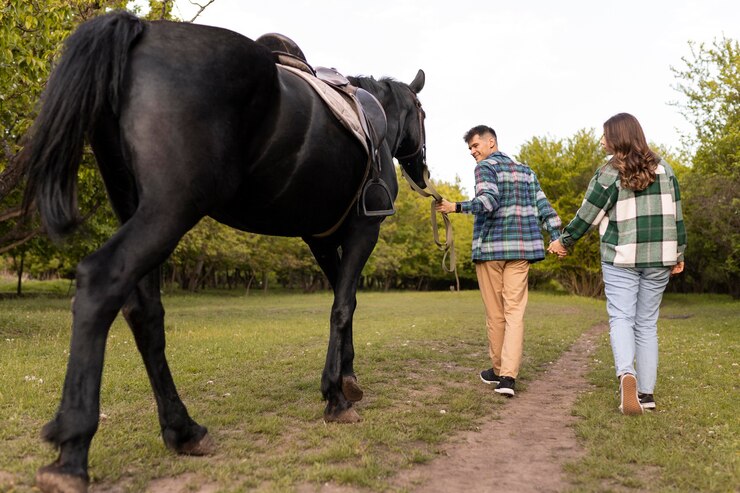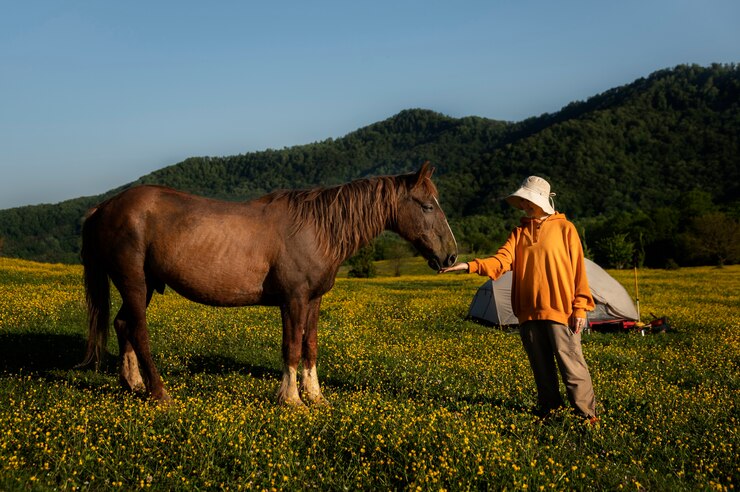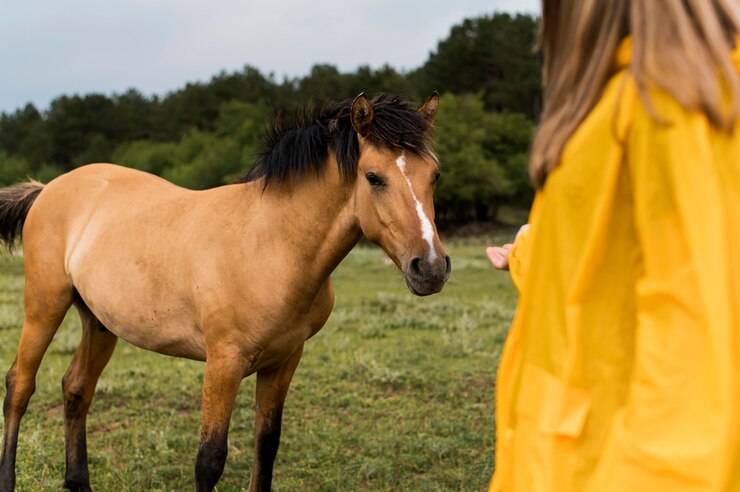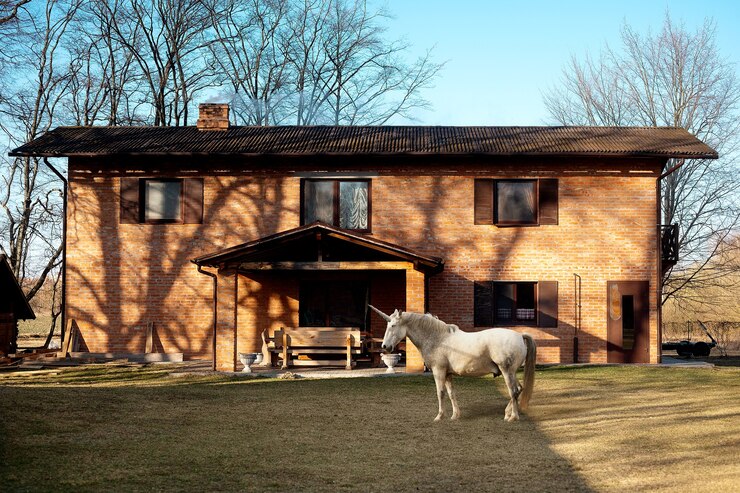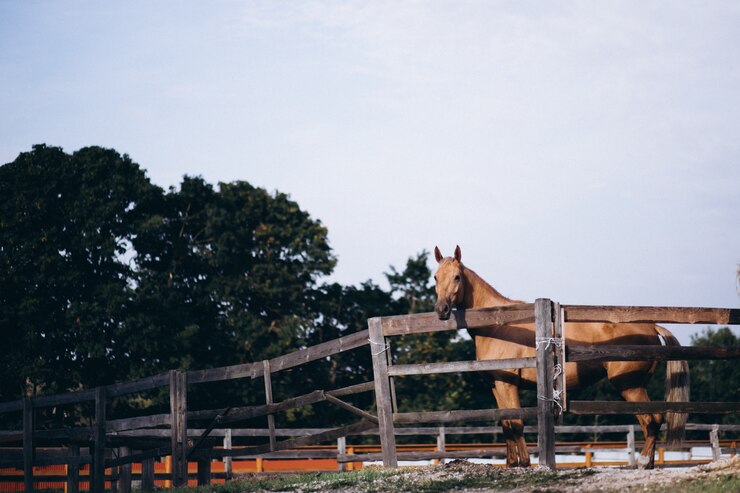Stable design plays a crucial role in providing a comfortable and efficient environment for horses and their caregivers.Read More
1. Adequate Ventilation and Natural Light:
Ensure proper ventilation and ample natural light in the stable to promote air circulation and create a healthy indoor environment. Incorporate windows, skylights, and ventilation systems to maximize airflow and reduce the buildup of moisture, odors, and airborne pathogens. Natural light not only improves visibility but also supports horses’ circadian rhythms and overall well-being.
2. Spacious and Ergonomic Stalls:
Design stalls with ample space for horses to move, stretch, and lie down comfortably. Consider incorporating ergonomic features such as rounded corners, non-slip flooring, and adjustable feeders and waterers to minimize stress and prevent injuries. Provide soft, supportive bedding materials such as straw, shavings, or rubber mats to cushion joints and promote restful sleep.
3. Efficient Manure Management Systems:
Implement efficient manure management systems to minimize waste, odors, and environmental impact. Consider installing composting bins, manure storage facilities, or automated manure removal systems to streamline cleaning and disposal processes. Proper manure management not only improves sanitation but also reduces the risk of parasite infestations and water contamination.
4. Climate-Controlled Environments:
Incorporate climate control systems such as heating, cooling, and insulation to regulate indoor temperatures and create a comfortable environment year-round. Adjustable ventilation systems and temperature sensors allow for precise control of airflow and temperature, ensuring optimal comfort for horses in all weather conditions.
5. Sustainable Construction Materials:
Choose sustainable construction materials and practices to minimize environmental impact and promote resource efficiency. Opt for recycled or locally sourced materials, energy-efficient lighting and fixtures, and water-saving technologies to reduce operational costs and environmental footprint. Incorporating green building principles into stable design not only conserves natural resources but also creates a healthier and more sustainable living environment for horses and humans alike.
6. Integration of Technology:
Explore the integration of technology solutions such as automated feeders, monitoring systems, and smart sensors to enhance efficiency and productivity in the stable. Automated feeding systems ensure accurate portion control and timely feedings, while monitoring systems track vital signs, movement patterns, and environmental conditions to detect early signs of illness or distress.
Conclusion:
Innovative stable design goes beyond traditional practices to create a modern, comfortable, and efficient living environment for horses. By incorporating principles of ventilation, natural light, ergonomic design, and sustainable construction, stable owners can prioritize the well-being of their equine companions while optimizing workflow and resource utilization. With thoughtful planning, attention to detail, and a commitment to innovation, innovative stable design can enhance the quality of life for horses and caregivers alike, creating a harmonious and productive space for all.

